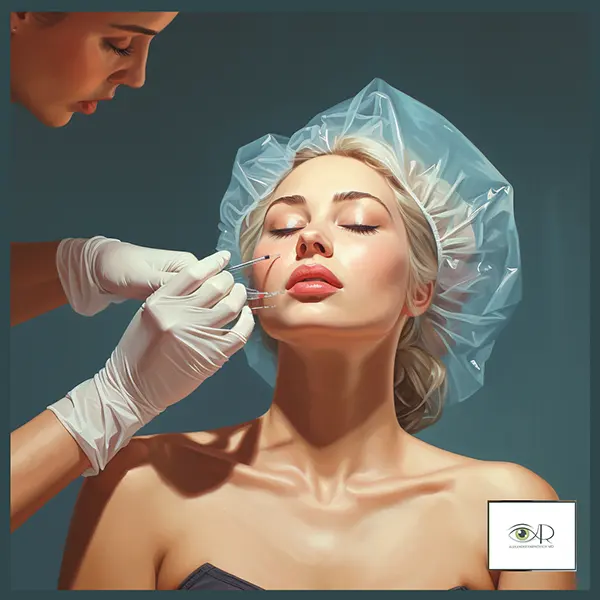After receiving Botox injections, following proper aftercare instructions is crucial to ensure optimal results and minimize potential side effects. Firstly, avoid rubbing or massaging the treated area for at least 24 hours to prevent the toxin from spreading. Refrain from strenuous physical activity and avoid lying down for the first few hours after the procedure. Stay upright to help the Botox settle into the targeted muscles. Additionally, avoid consuming alcohol and anti-inflammatory medications for a day or two, as these can increase the risk of bruising. It’s essential to stay hydrated and avoid excessive sun exposure. If you experience any redness, swelling, or bruising, applying a cold compress can help relieve these symptoms. Follow up with your healthcare provider if you have any concerns or questions about your post-botox care.

Botox aftercare exercise
Following Botox injections, it’s crucial to exercise caution and adhere to specific guidelines to optimize the results and minimize potential complications. For the initial 24 hours post-treatment, avoid engaging in strenuous physical activities, including vigorous exercise, to prevent the spread of the injected Botox and ensure it stays localized to the targeted muscles. Refrain from activities that induce excessive sweating, as this can also affect the distribution of the toxin.
Light exercises, such as walking or gentle stretching, are generally acceptable after the first day, but it’s essential to consult with your healthcare provider for personalized advice based on your specific treatment and medical history. As a general rule, gradually resume your regular exercise routine rather than jumping back into intense workouts immediately.
While exercise is generally allowed, be mindful of facial movements. Avoid strenuous facial expressions or exaggerated movements that may strain the treated muscles. This includes activities like heavy lifting, yoga poses that involve inversion, or facial massages. Such movements can potentially impact the efficacy of the Botox treatment and increase the risk of adverse effects.
Always prioritize communication with your healthcare provider. If you experience any unusual symptoms or have concerns about your post-Botox exercise regimen, consult with them promptly. Remember that individual responses to Botox can vary, so personalized advice from your healthcare professional is invaluable for a safe and successful recovery.
Professional aftercare Botox shots
Avoid Touching or Rubbing:
Refrain from touching or rubbing the treated area for several hours after the injection. This helps prevent the spread of the toxin to unintended muscles.
Stay Upright:
Remain in an upright position for about 4 hours after the procedure. This helps to prevent the migration of the Botox to other areas of the face.
Avoid Strenuous Activities:
Steer clear of strenuous physical activities, such as intense exercise, for the first 24 hours. This can help minimize the risk of bruising and ensure that the toxin stays in the intended area.
Ice the Area:
Applying ice or a cold pack to the treated area may help reduce swelling and discomfort. Use a cloth or towel to avoid direct contact between the ice and your skin.
Avoid Alcohol and Blood Thinners:
Refrain from consuming alcohol and avoid blood-thinning medications for a day or two after the injections. This can help reduce the risk of bruising.
Follow-up Appointments:
Attend any scheduled follow-up appointments with your healthcare provider. They may assess your progress and make any necessary adjustments.
Stay Hydrated:
Drink plenty of water to stay hydrated. This can contribute to the overall health of your skin.
Be Patient:
Results may take a few days to become noticeable, and the full effects may take up to two weeks. Be patient and allow the Botox to take its full effect.
Sun Protection:
Protect your skin from direct sunlight, and use sunscreen if you need to be outdoors. This is a general skincare tip but can be especially important after cosmetic procedures.
Communicate with Your Provider:
If you experience any unusual or severe side effects, contact your healthcare provider immediately. This includes persistent swelling, redness, or any signs of infection.
Always consult with your healthcare professional for advice tailored to your situation.



Leave a reply